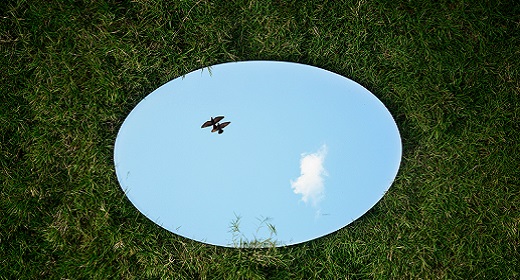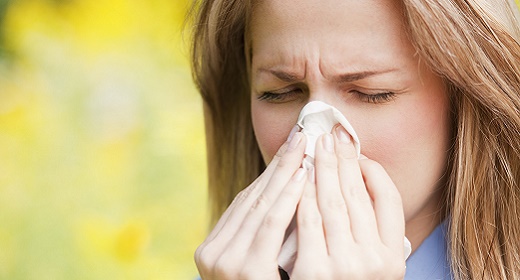by Megan Larson: After listening to a wise Tibetan Lama talk about how many people have an unhealthy attachment to their bodies…
cherishing them to extremes, it got me thinking about my work addressing body image with children and teens.
Our collective definition of beauty tends to be narrow and limited, bringing with it false promises of happiness found in airbrushed pictures, plastic surgery and eating disorders. Unhealthy body images start with the assumption that the body’s worth is measured by its appearance. Children grow up feeling they aren’t good enough, as the media portrays a specific “type of beauty” that is different to them. As these same children grow older, society tells them there is something wrong with getting old and aging.
The truth is, beauty is who we are, the intrinsic essence of all things and all beings, not a subjective attribute restricted to a few. As Kahlil Gibran so exquisitely states: “Beauty is not in the face; beauty is a light in the heart.” Through inquiry and
exploration, both individually and with our children, we can bring awareness to our limited beliefs and alleviate unnecessary suffering with our relationship to our bodies.
1) Get Curious
Be curious about how you talk of your body and other people’s body’s. Try to avoid descriptions that are based on physical attributes and categories. Even something as simple as describing someone as physically “beautiful” invites comparison by implying there are other’s that are not. Find ways to describe someone by speaking of their intrinsic qualities. This can help children to open their view of themselves and others into something much more expansive.
2) The Body As A Vehicle
Speak with children about their bodies as vehicles that carry them through life. Everyone has a “vehicle” that’s perfect for their mission on earth. Everyone’s vehicle is different in size, shape and function. Celebrate diversity and uniqueness found within themselves and others. How boring life would be if we all were the same!
3) Attitude Of Gratitude
The fact that we are alive right now in these bodies is a gift. Finding gratitude for
our bodies can take the focus off of perceived deficiencies. Having a daily gratitude
practice can include statements of appreciation for what our body can do, for
example, having “a voice that can speak” or “hands that can write” etc.
4) Expose Them To Other Realities
Help educate and show children realities outside of Western culture. In other parts
of the world children do not have enough food to eat. They also don’t have the
“luxury” to focus on body image, as they live in a state of survival. This can help us
understand what we give our attention to matters. It can extend our focus away
from ourselves to how we can help others.
As H.H. Dalai Lama states: “The more we care for the happiness of others, the
greater our own sense of well-being becomes. Cultivating a close, warm-hearted
feeling for others automatically puts the mind at ease. This helps remove whatever
fears or insecurities we may have and gives us the strength to cope with any
obstacles we encounter. It is the ultimate source of success in life.”
About the author: Megan Larson MSW, LCSW is a psychotherapist, parent coach and mindfulness guide with therapy offices in Colorado & California. She provides parent-coaching & support to clients across the country. Her clinical work is influenced by current research on play therapy, neurobiology, and the mind body connection. As a yoga & meditation teacher, her approach stems from Eastern traditions, specifically Tibetan Buddhism. She is featured in the book The Unexpected Power Of Mindfulness & Meditation along side visionary leaders such as Ed & Deb Shapiro & Byron Katie.
Web Site: avibrantmindllc.com









































